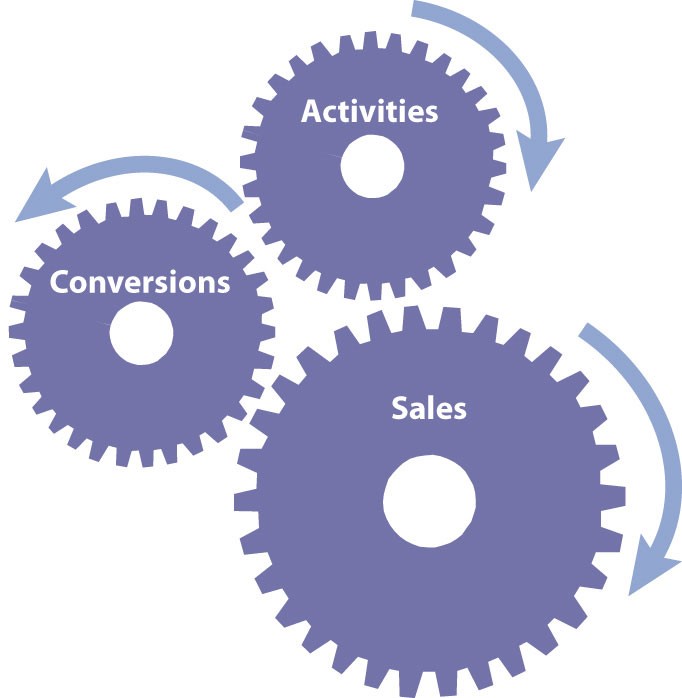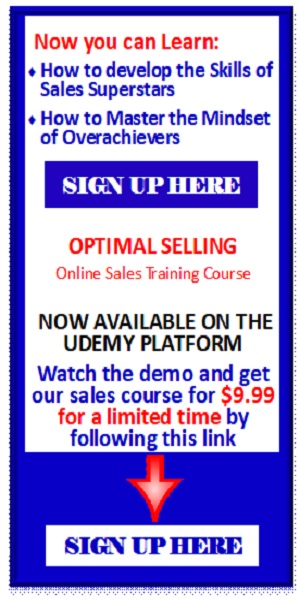Trust is important in Sales. However, one way to way to hinder your ability to develop trust is to use the phrase “trust me”. the immediate reaction of most people when they hear that is to ask themselves “why is he saying that?” the best way to develop trust is to be honest and authentic. Have a conversation with the prospect and you will develop trust naturally. Trust is something you earn. It grows over time. It is not something you have to ask for. And if you have to ask for it, your prospect may become suspicious of your motives.

 Only 26% of salespeople have the belief systems strong enough to be successful in today’s selling environment. Fewer than 5% of sales managers are even aware of the existence of self-limiting beliefs. Even fewer spend any time working on eliminating or changing them. This fact places a severe limit on the sales manager’s ability to grow the sales team.
Only 26% of salespeople have the belief systems strong enough to be successful in today’s selling environment. Fewer than 5% of sales managers are even aware of the existence of self-limiting beliefs. Even fewer spend any time working on eliminating or changing them. This fact places a severe limit on the sales manager’s ability to grow the sales team.




